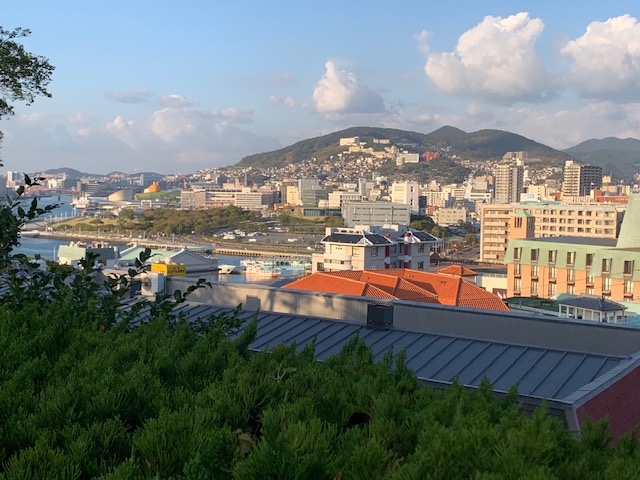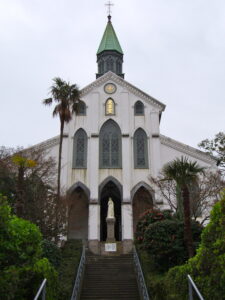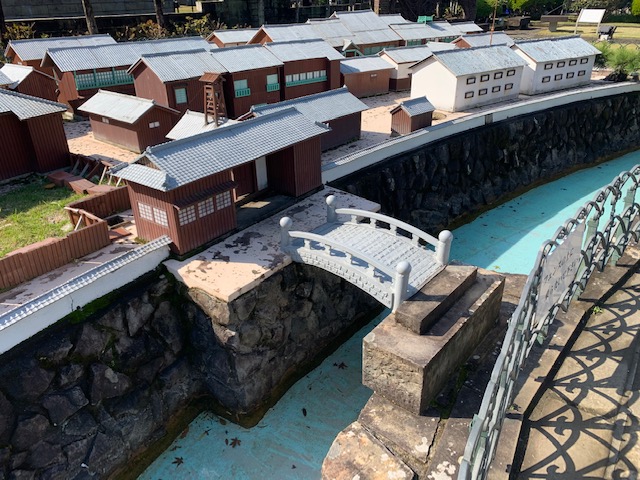
The first time I visited Nagasaki, I remember standing on Glover Hill admiring the panorama. The view was exhilarating. Down below were cranes, wharfs and ocean-going ships. At the foot of the hill was a Catholic Church, and behind me was a British garden and house in colonial style. It was quite unlike any other Japanese city I had seen. Hong Kong came to mind.
Later I discovered how special the history is too. Nagasaki’s foundation dates from the sixteenth century, when missionaries saw its potential as a harbour for Portuguese ships. The settlement that grew up around it became a magnet for converts, and before long Japan was host to a ‘New Jerusalem’Little Rome’. It was run by Jesuits, who owned the city. Yes, literally owned it, for in 1580 a converted daimyo called Omura Sumitada thought fit to give them jurisdiction. The missionaries took the opportunity to profit from the lucrative trade in silk from Macao for silver from Japan.
The result was a most unusual city. Churches dominated the skyline, and citizens indulged in meat, wine and the wearing of crosses. The mission had ties to military bases in Manila and Macao, and when Hideyoshi realised the threat this represented in terms of colonisation, he issued the most drastic of warnings. Japan was a land of kami, he maintained and had no need of a Creator God. In 1586 a group of twenty-six Catholics (six foreigners and twenty Japanese) were rounded up and their ears cut off before being paraded around Kyoto. They were then force marched to Nagasaki, where they were publicly crucified. It was a portent of the persecution that followed in Tokugawa times. Eventually the fear of colonisation would lead to a national lockdown as the country sealed itself off from the Christian ‘virus’.



Leave a Reply